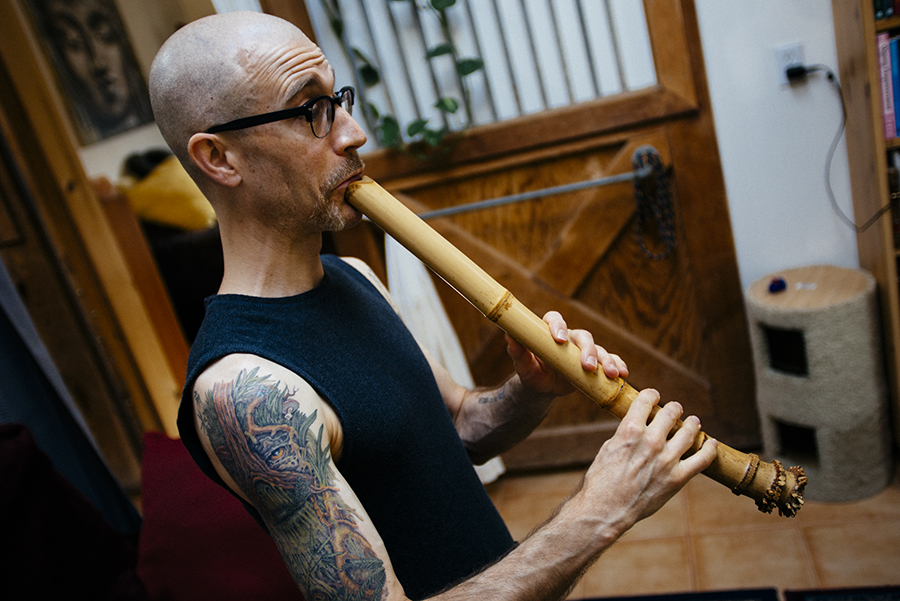A sinuous melody built of dark, airy phrases and the harsh echo of breath emerges from Cornelius Boots’ taimu shakuhachi, a Japanese flute. It . . .
Forest Knolls musician gets gritty on his Japanese flute


A sinuous melody built of dark, airy phrases and the harsh echo of breath emerges from Cornelius Boots’ taimu shakuhachi, a Japanese flute. It . . .